With an increasing awareness of our vulnerability to natural disasters and unforeseen emergencies, preparedness has become more critical than ever. Yet, the challenge of maintaining an accessible and organized disaster kit at home often remains a daunting task. This article explores how innovative designers are revolutionizing disaster preparedness by seamlessly embedding essential safety tools into everyday objects. By prioritizing design, functionality, and user experience, these groundbreaking projects redefine how we approach disaster preparedness, making it both practical and stylish.
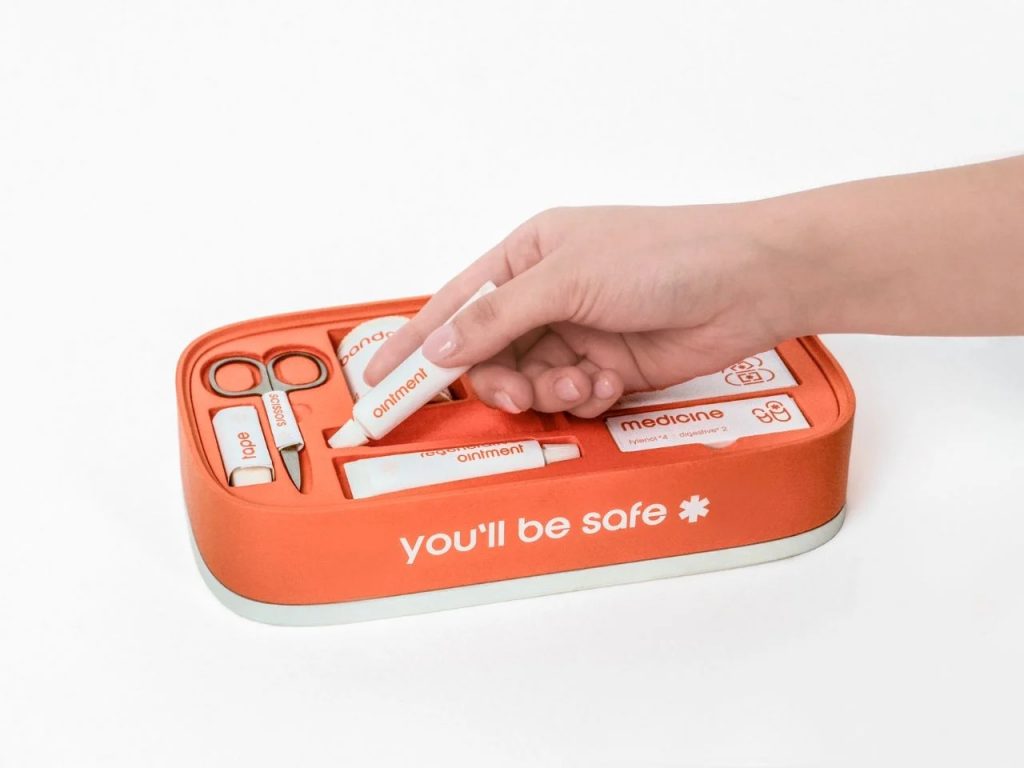
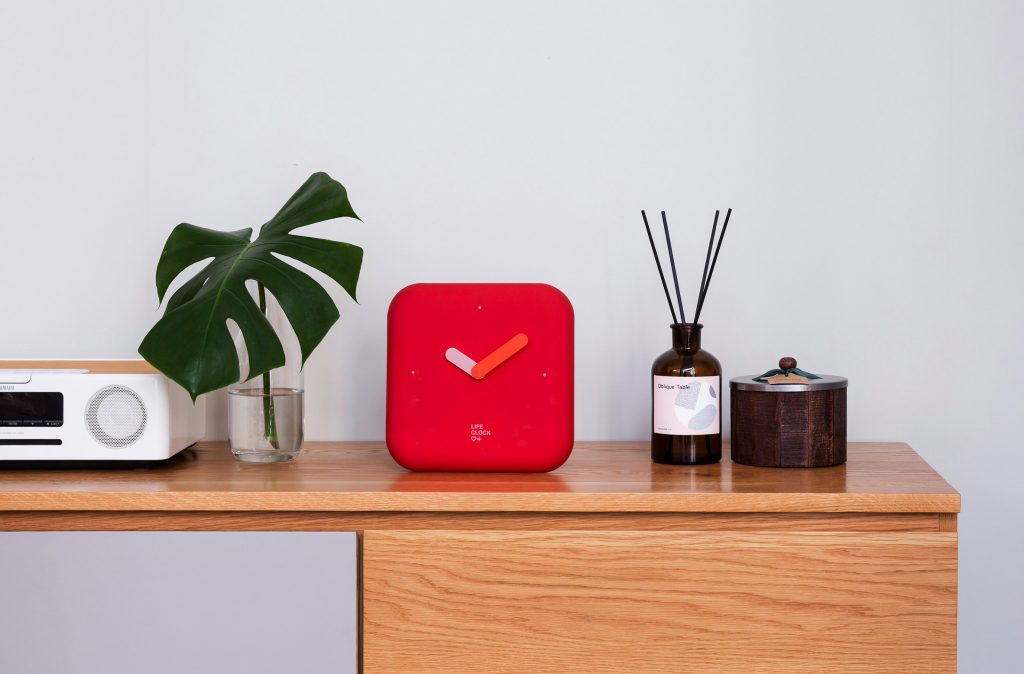
Life Clock by SWNA for KGC
Seoul-based design studio SWNA, led by founder Sukwoo Lee, tackles the challenge of emergency preparedness with ingenious subtlety in their Life Clock. Commissioned by the Korea Gyeonggido Company following a series of natural disasters in the country, the Life Clock cleverly disguises a comprehensive emergency kit within a familiar, everyday object.
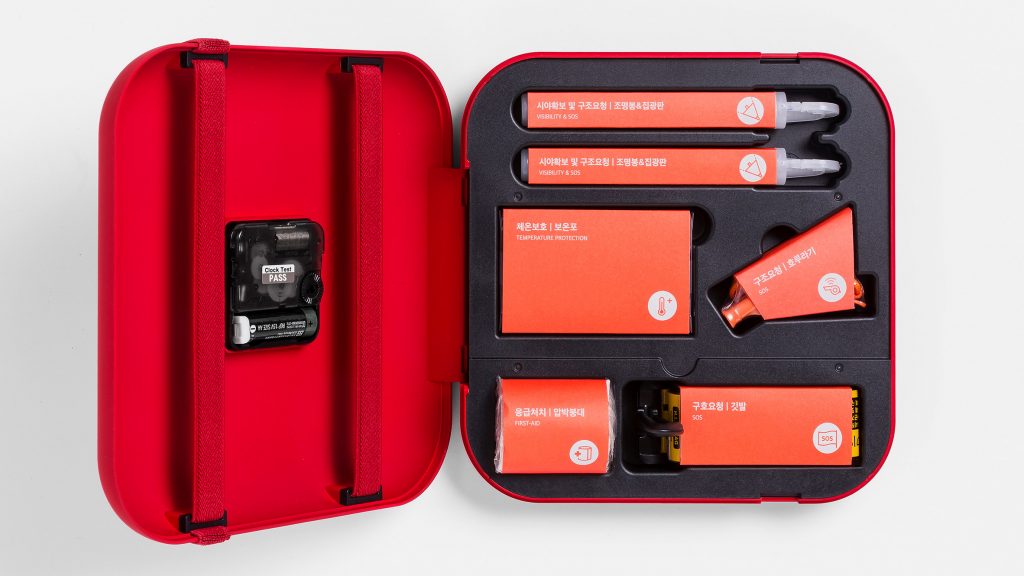
Life Clock by SWNA for KGC
The design philosophy hinges on the idea that by making emergency kits less alien and more integrated into our homes, we can foster a culture of proactive safety. The product’s dual functionality aims to normalize the idea of having emergency supplies readily available, removing the common perception that such items are for “special” or “unlikely” events.
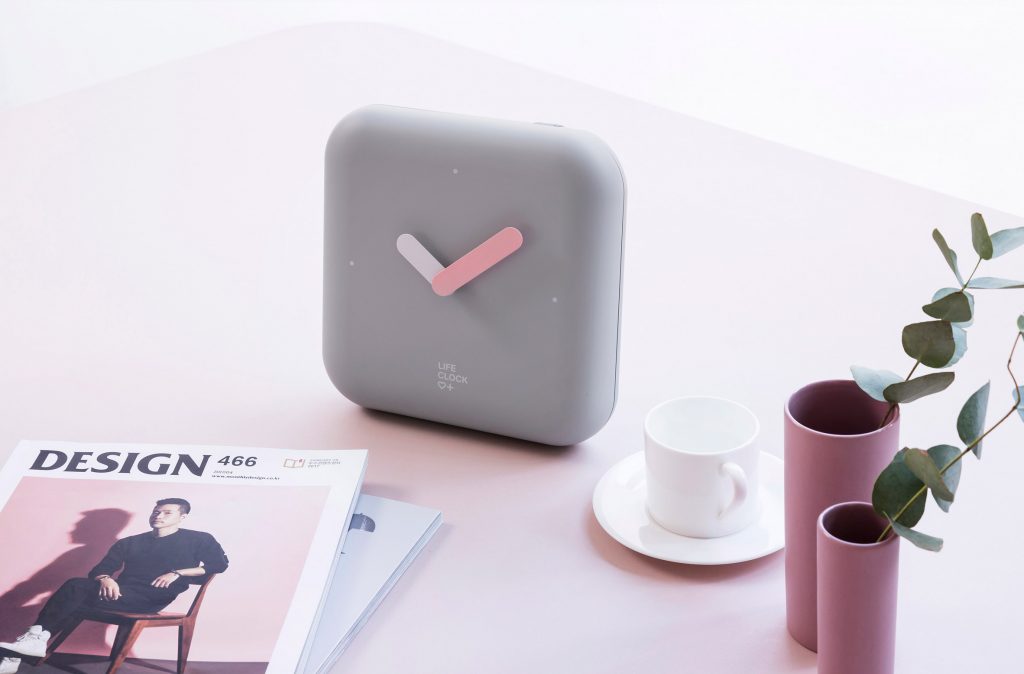
Life Clock by SWNA for KGC
The Life Clock is more than just a clever disguise; it’s a well-thought-out system designed for practicality and functionality. Housed within the clock’s casing are carefully selected emergency components, including a glow stick for visibility, an aluminum wrap and thermal blanket for warmth, an emergency compression bandage for first aid, a whistle for signaling, a distress flag, an ICE (In Case of Emergency) card to record medical information, and a disaster response guidebook. Each item is chosen based on extensive interviews with emergency responders, fire departments, disaster and medical experts, ensuring that the kit contains the most vital resources for a range of disaster scenarios.
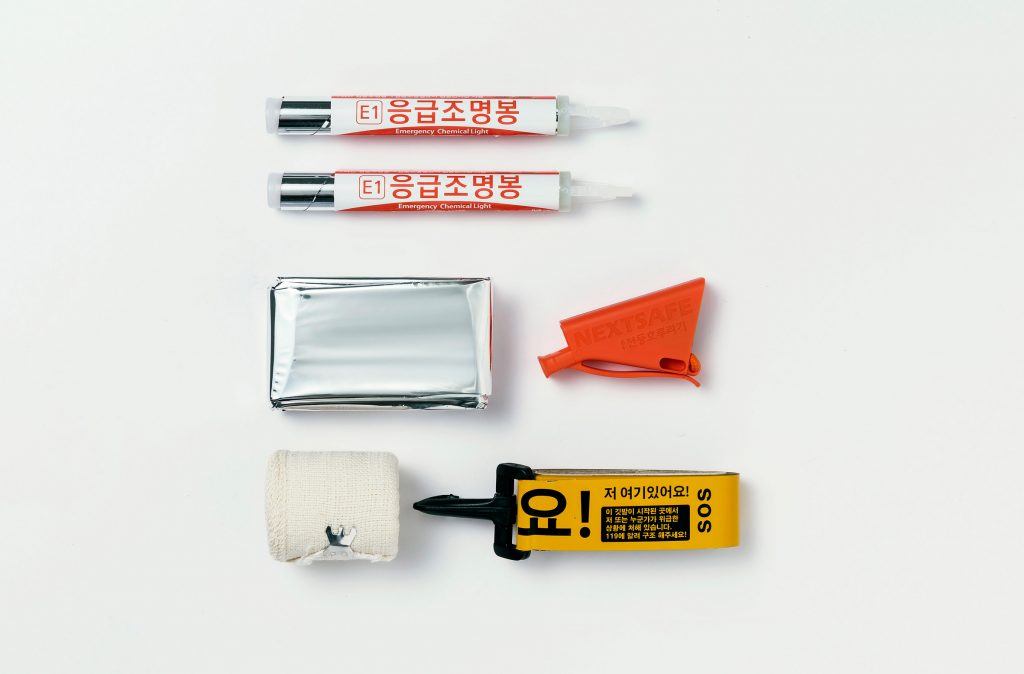
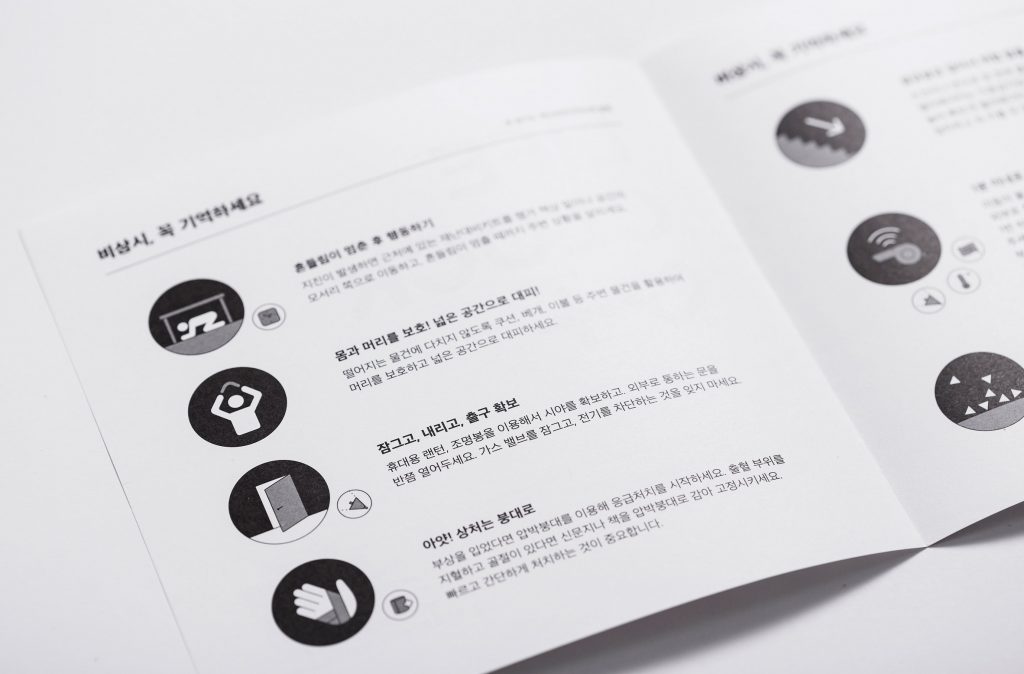
Life Clock by SWNA for KGC
Available in red, blue, and grey, the Life Clock is designed to open easily on its side, revealing its contents when needed. This intuitive design eliminates the hassle often associated with bulky or difficult-to-access emergency kits. Lee’s inspiration came from a simple observation – the unused space within a watch battery compartment – which highlights the importance of innovative and user-centered design. The result is a compact and efficient emergency kit that is both aesthetically pleasing and highly functional, serving as a testament to SWNA’s dedication to merging design, innovation, and sustainability for practical solutions.
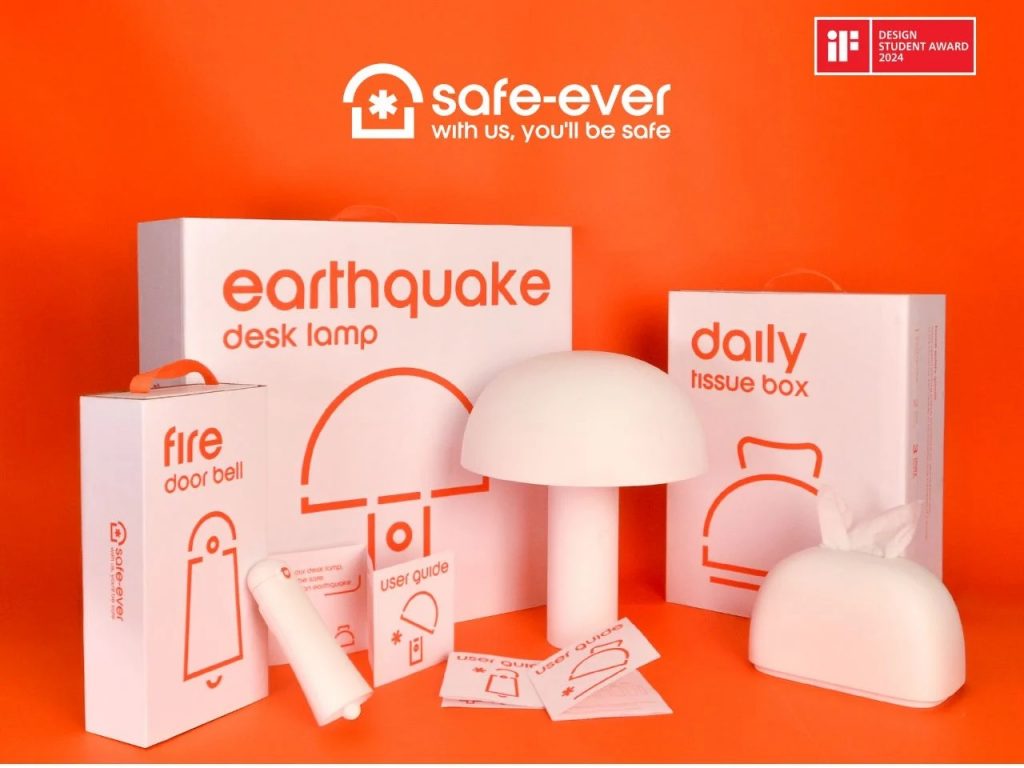
Safe-Ever by Jihye Choi, Doyeon Lee, Hyerin Lee, and Jeonghyeon We (also header image)
The Safe-Ever home safety product line, a collaboration between designers Jihye Choi, Doyeon Lee, Hyerin Lee, Jeonghyeon We, and KOREA DESIGN MEMBERSHIP PLUS, transforms familiar items into multi-functional safety essentials strategically placed throughout the home, along escape routes, or near exits. This approach aims to normalize preparedness, making essential safety tools consistently accessible and readily available when needed.
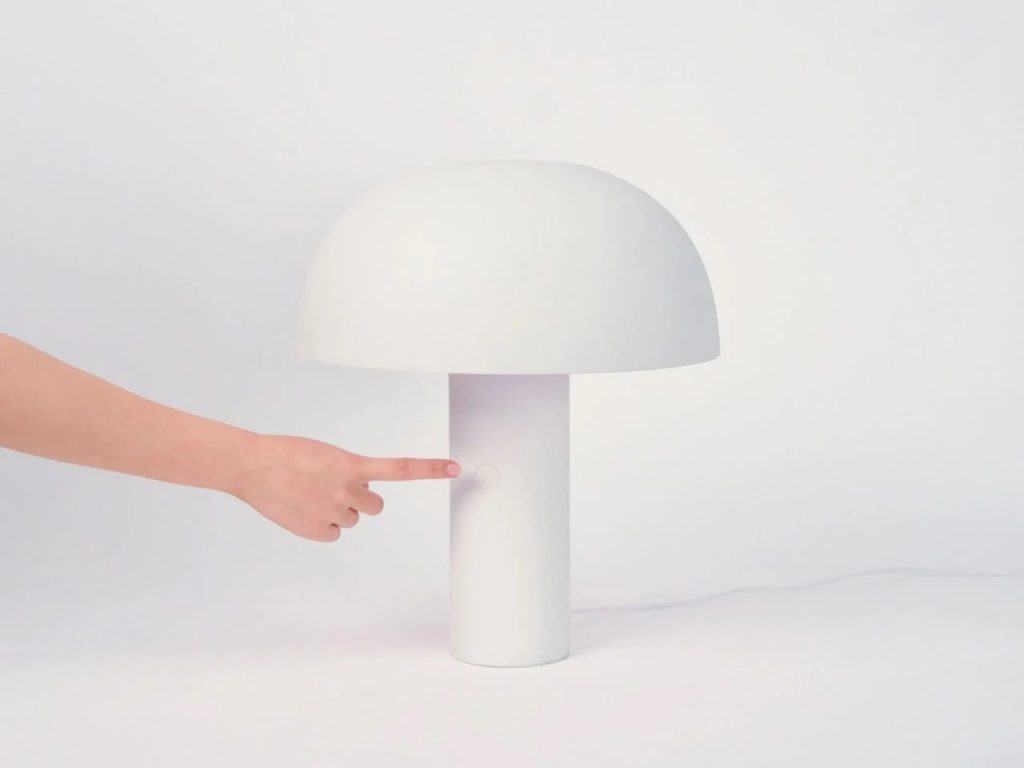
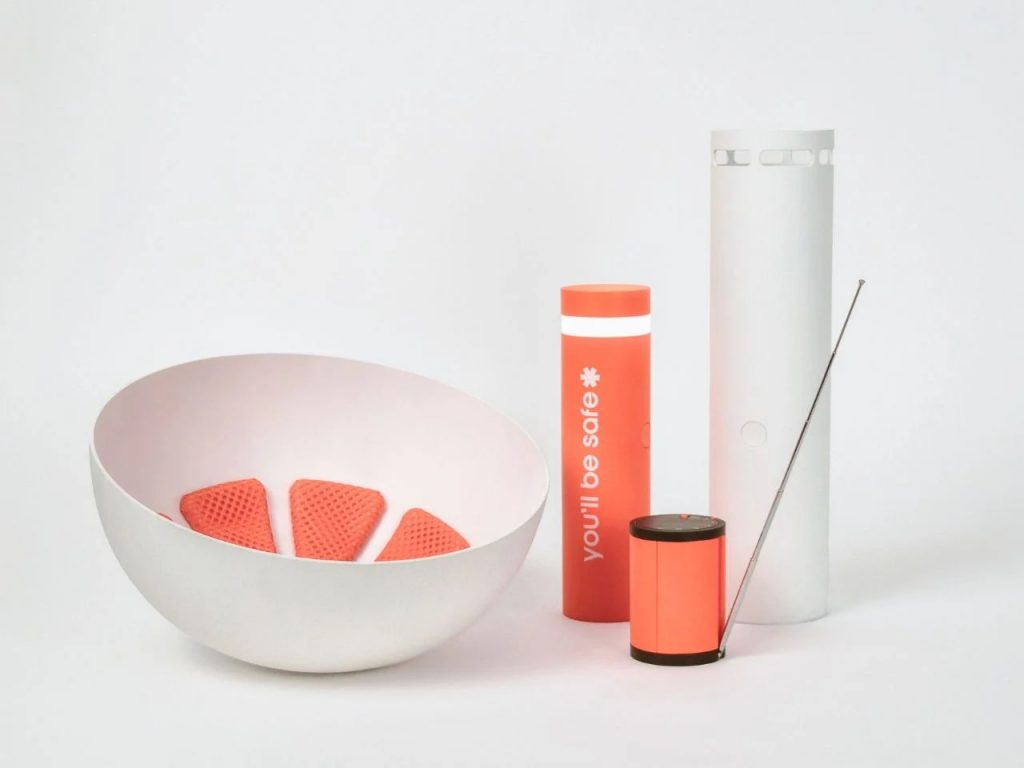
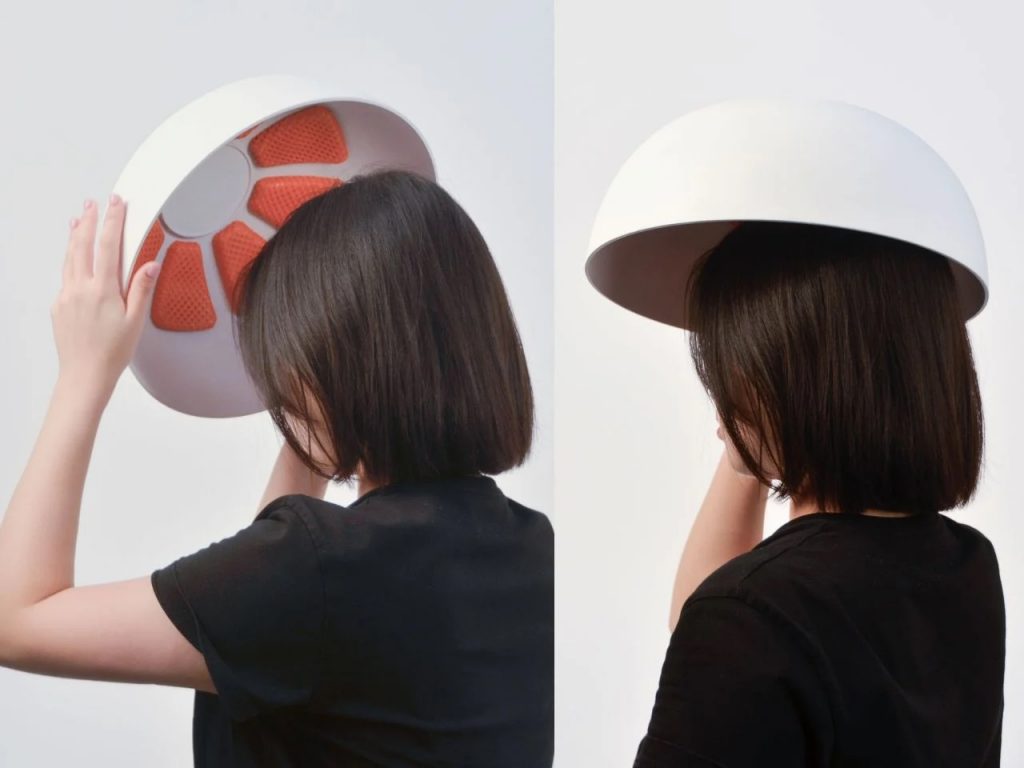
Safe-Ever by Jihye Choi, Doyeon Lee, Hyerin Lee, and Jeonghyeon We
The desk lamp effortlessly converts into a robust flashlight during a power outage, its sturdy base doubling as a protective helmet against falling debris. The integrated emergency radio, featuring manual crank and solar charging capabilities, ensures access to critical information even without electricity. This dual functionality elegantly avoids the issues of bulky, dedicated emergency kits by leveraging existing household products for enhanced safety.
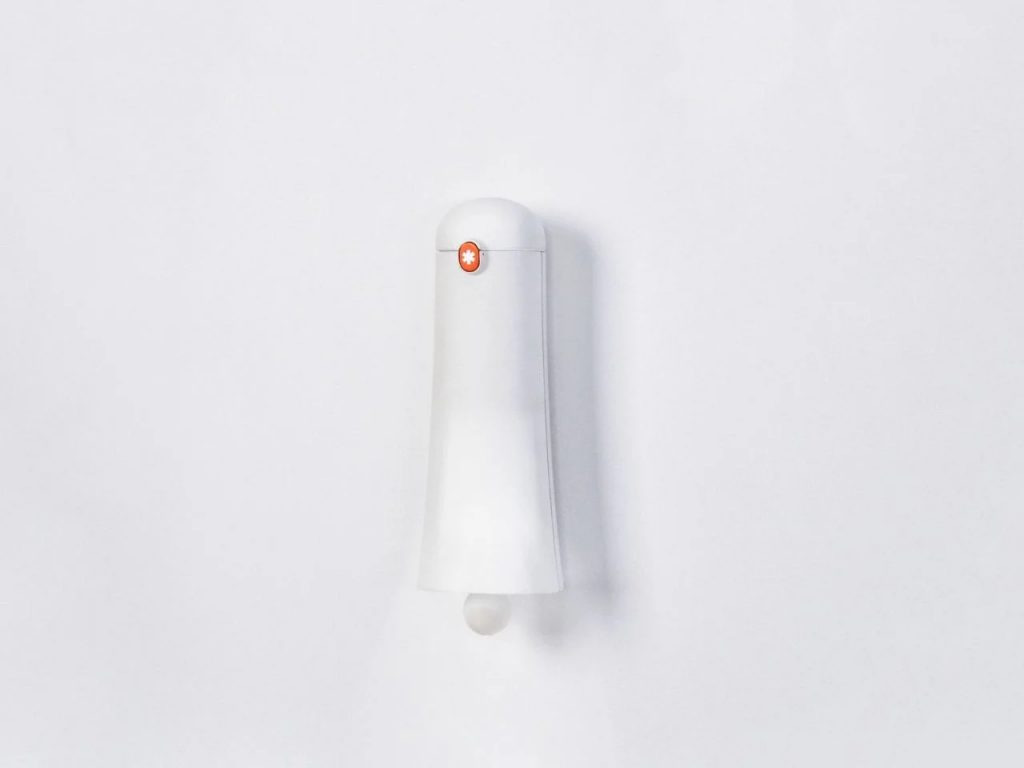
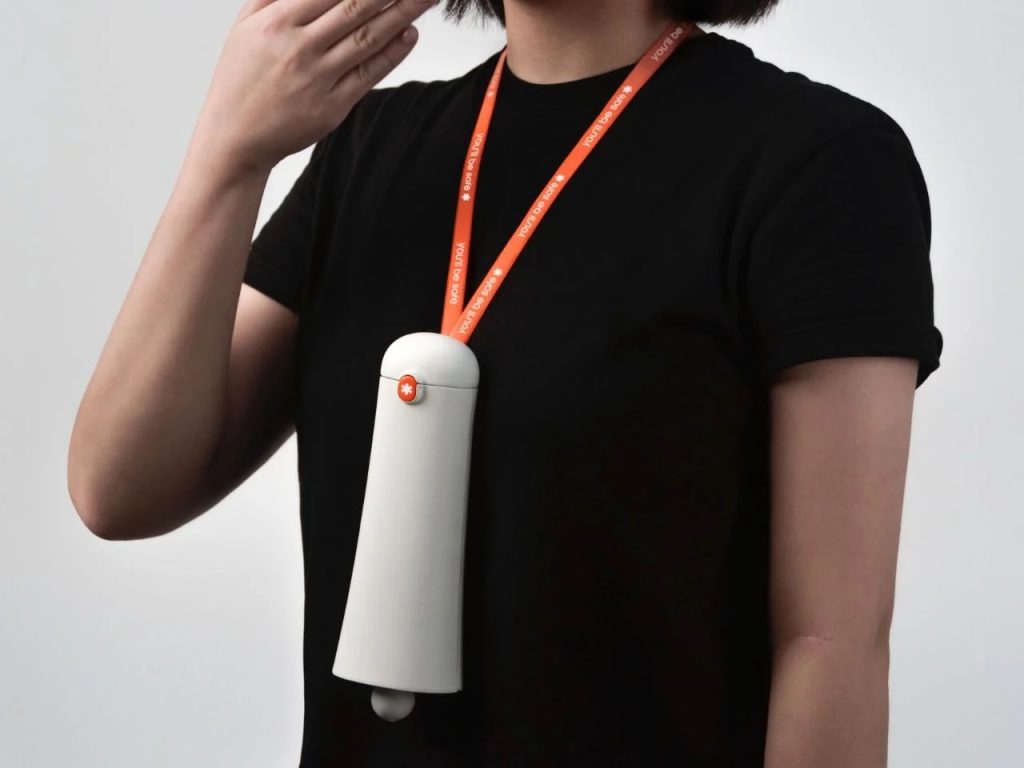
Safe-Ever by Jihye Choi, Doyeon Lee, Hyerin Lee, and Jeonghyeon We
The design team’s attention to detail is seen in the simple yet effective fire safety solution integrated into the doorbell. This seemingly ordinary home accessory instantly transforms into a wearable necklace light for improved visibility during smoke-filled fire emergencies. The lightweight, hands-free design allows individuals to navigate safely while carrying other items or assisting others. This thoughtful design element prioritizes intuitive functionality, ensuring quick access to vital safety resources during high-stress situations.
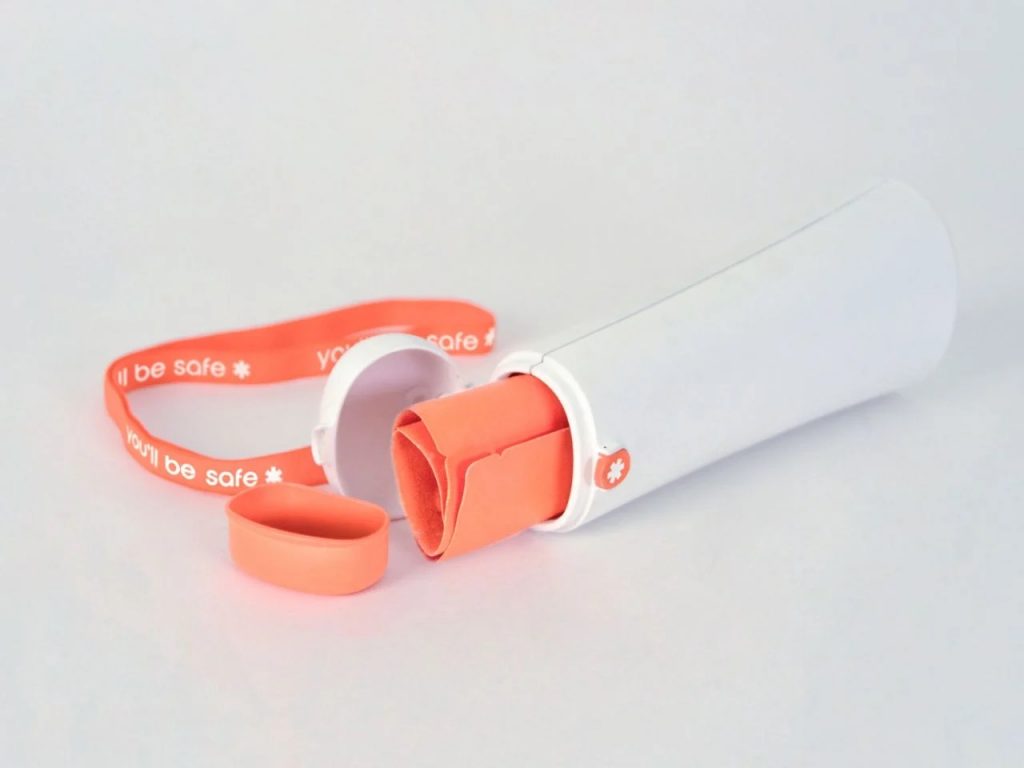
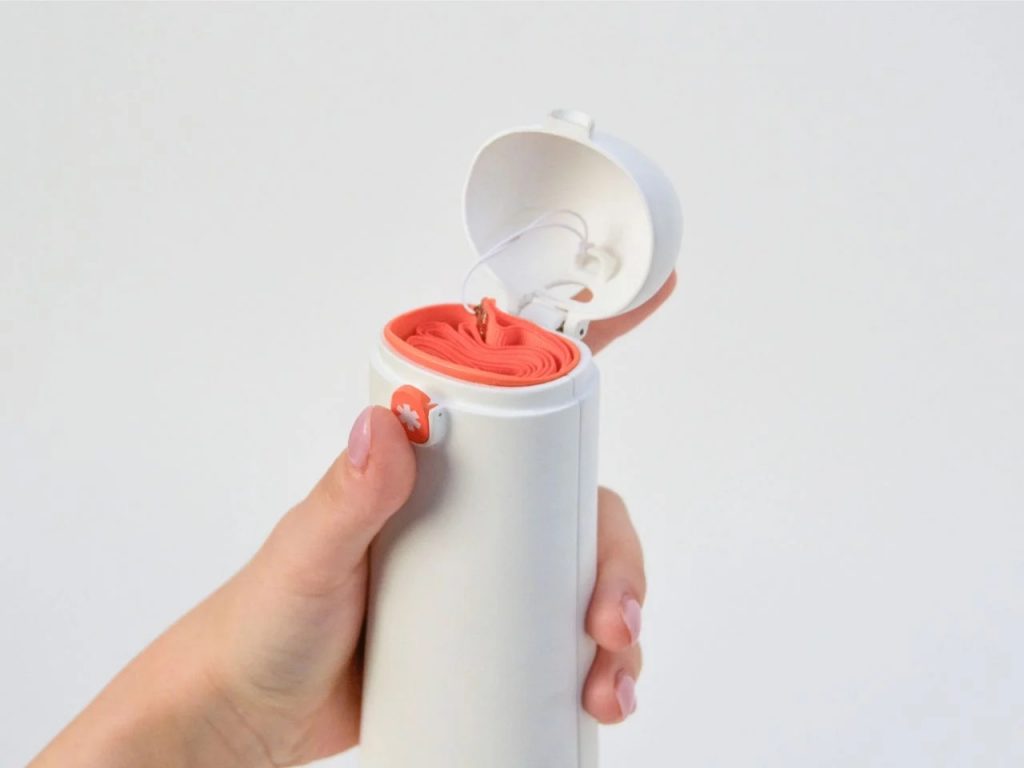
Safe-Ever by Jihye Choi, Doyeon Lee, Hyerin Lee, and Jeonghyeon We
Further enhancing fire safety, the Safe-Ever doorbell also incorporates a “breath towel”— a wet mask embedded with a high-efficiency filter designed to minimize exposure to harmful smoke and toxic gases. Understanding the life-threatening nature of smoke inhalation, this simple yet effective tool provides critical respiratory protection, granting precious extra minutes for safe evacuation. This clever addition emphasizes the importance of addressing diverse aspects of safety while ensuring user-friendly designs.
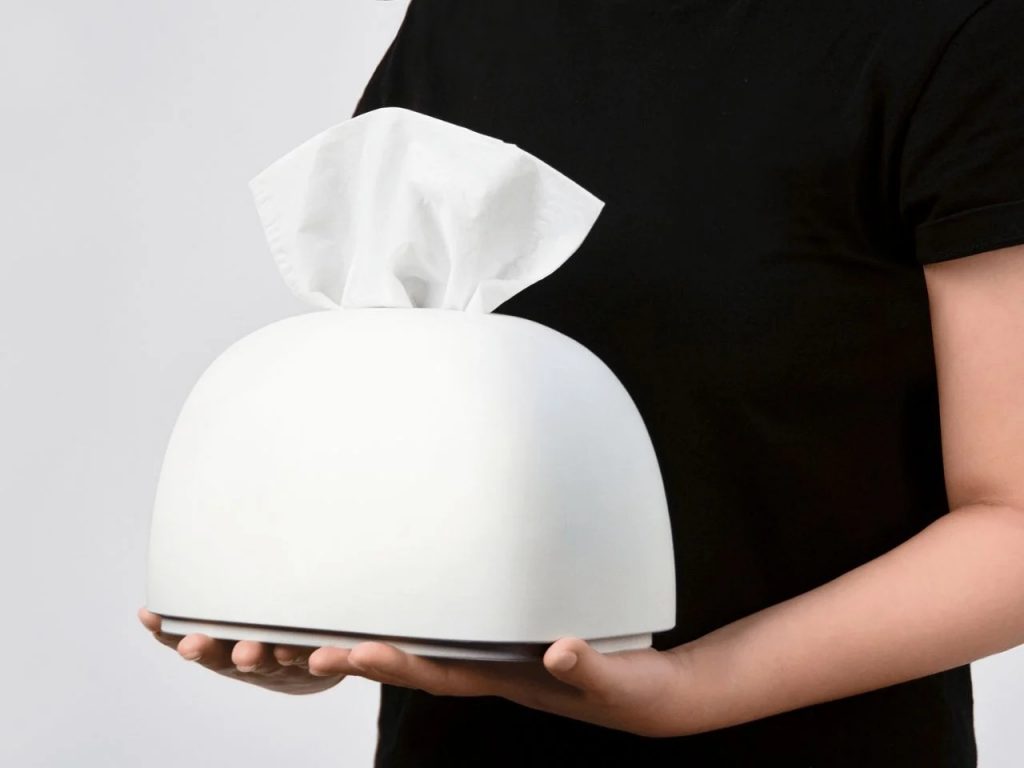
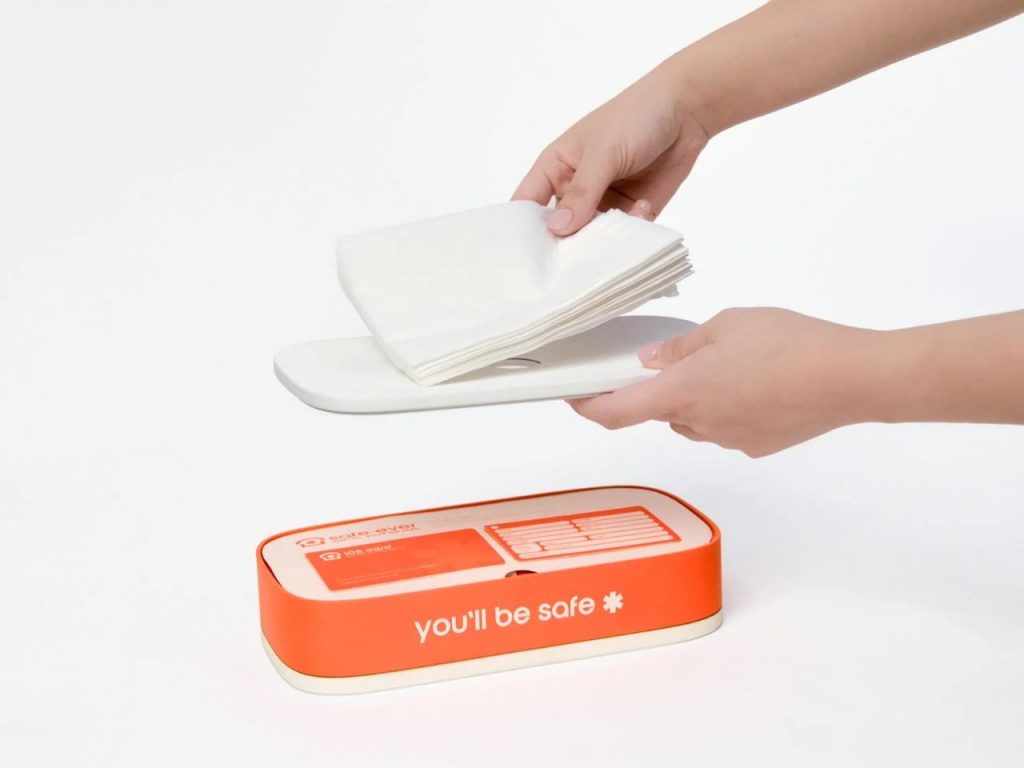
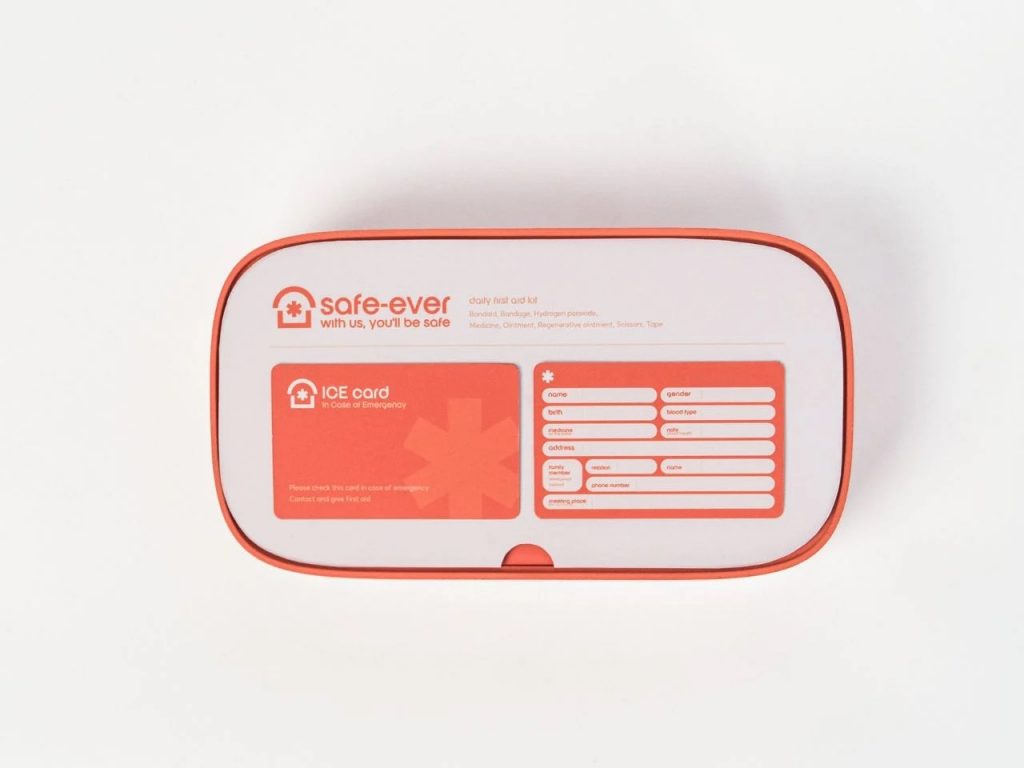
Safe-Ever by Jihye Choi, Doyeon Lee, Hyerin Lee, and Jeonghyeon We
Recognizing the importance of immediate medical information and care, the Safe-Ever tissue box serves as both a practical household item and a vital first aid kit. It discreetly houses an In Case of Emergency (ICE) card, securely storing critical health details like allergies, medications, and emergency contacts, enabling responders to provide prompt, accurate treatment. Tucked within the tissue box is also a compact first aid kit, equipped with essential medical supplies, addressing common minor injuries. This integration of a readily accessible medical kit and information ensures prompt care during household accidents or larger emergencies.
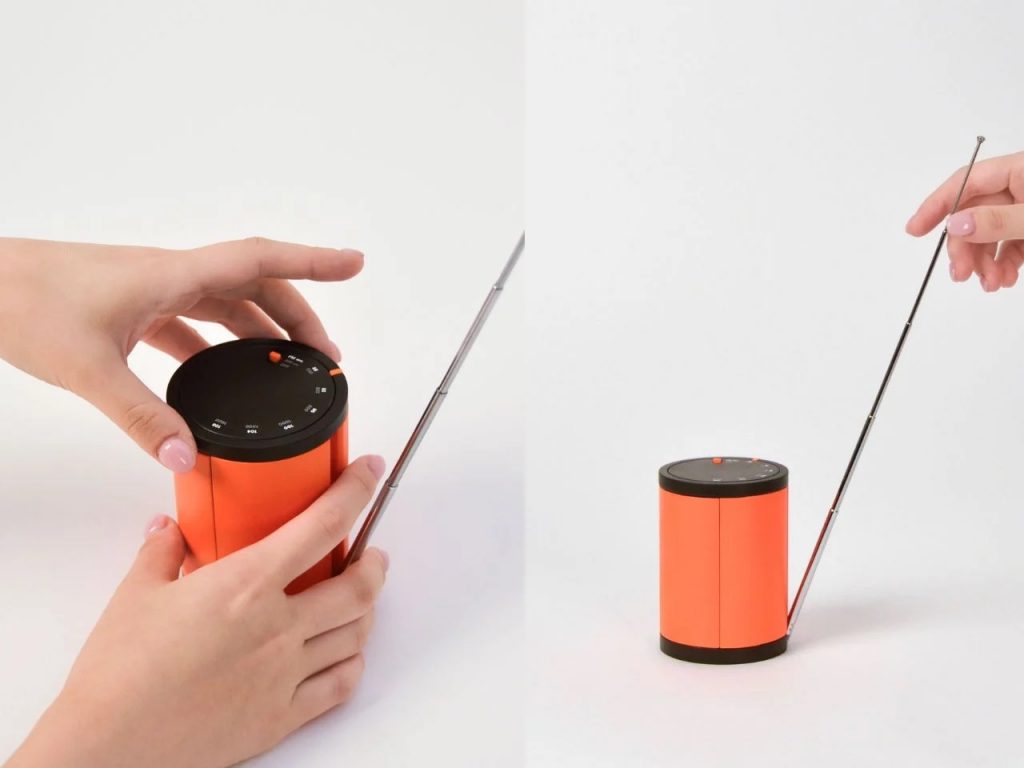
Safe-Ever by Jihye Choi, Doyeon Lee, Hyerin Lee, and Jeonghyeon We
Safe-Ever’s commitment to user-centric design is evident in its branding and packaging. Each product is housed in a thoughtfully designed box, accompanied by a clear instruction manual, ensuring both functionality and aesthetic appeal in modern interiors.
By seamlessly blending aesthetics with practicality, the designs blend naturally into any home while remaining instantly recognizable and accessible during emergencies. This approach moves beyond the conventional, fear-inducing imagery often associated with disaster preparedness, presenting a calm, reassuring design language that prioritizes ease of use and seamless integration into everyday life. This thoughtful integration of safety features within existing home décor aims to create a more reassuring and prepared home environment.
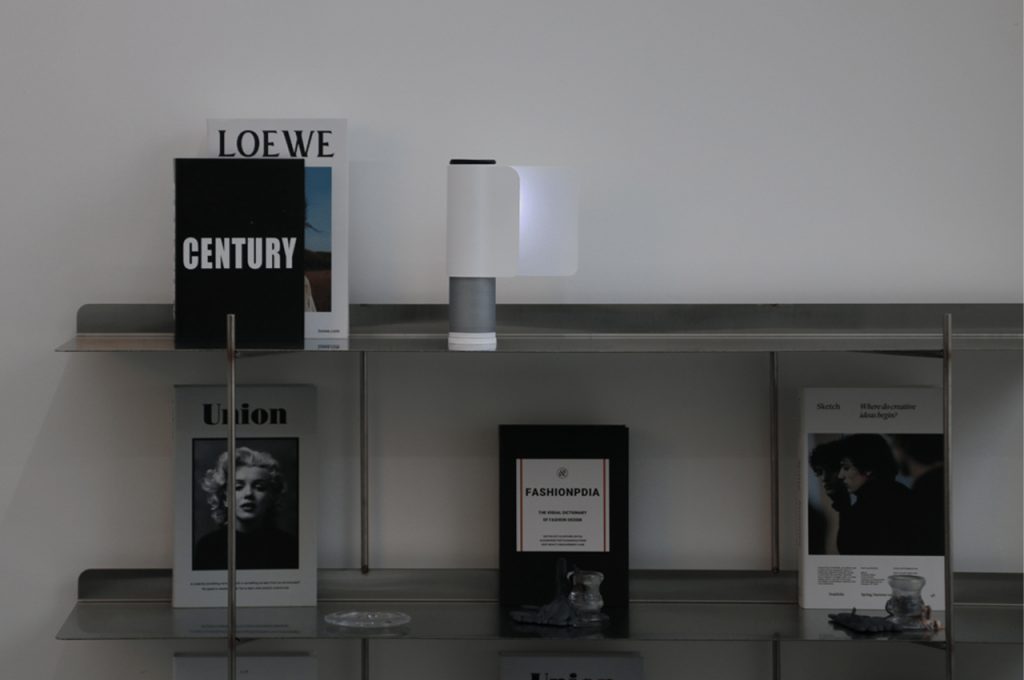
Strix by Hanyoung Lee
Developed by Korean product designer Hanyoung Lee, Strix emergency flashlight addresses a critical need in high-rise offices and public buildings: safe and efficient evacuation during disasters. This innovative design recognizes that emergencies can trigger panic, making quick, clear guidance essential. Strix isn’t merely a flashlight; it’s an intelligent navigation tool that uses integrated sensors to provide building occupants with the safest and most efficient escape routes, transforming a common desk lamp into a life-saving device. Lee, a designer focused on functional and innovative solutions, presents Strix as a beacon of clarity in chaotic situations.
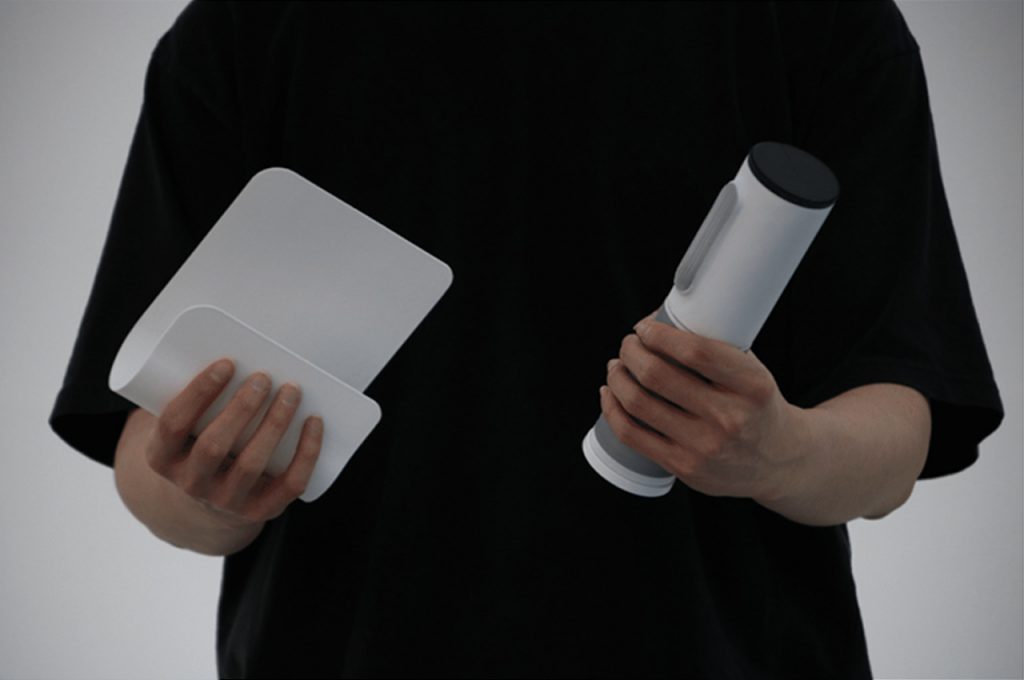
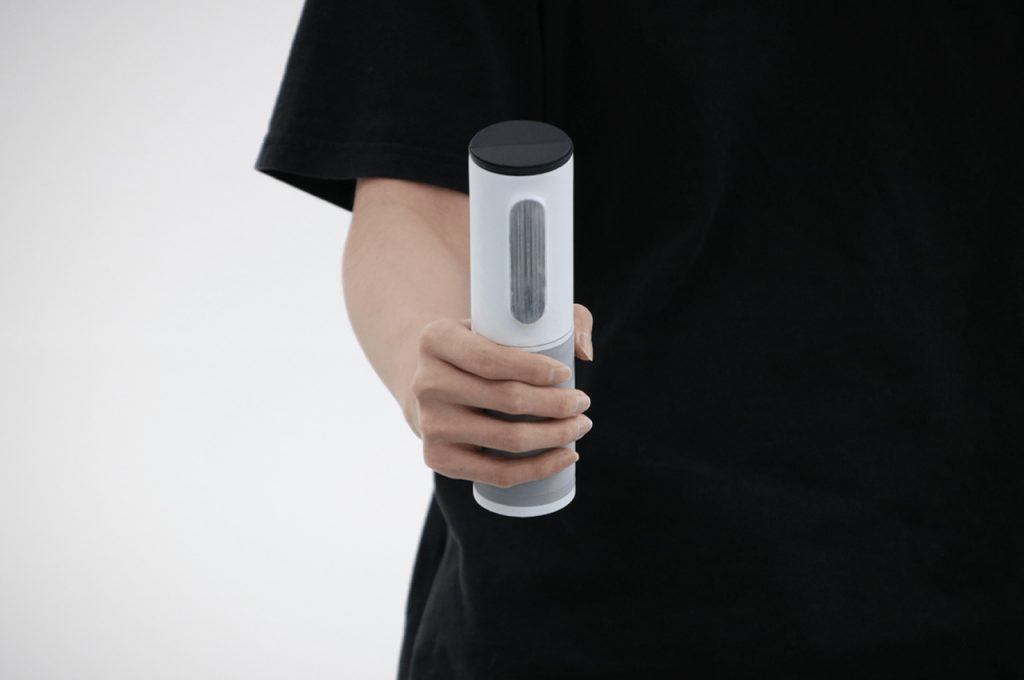
Strix by Hanyoung Lee
The initial form of Strix is that of a nondescript desk lamp, complete with a light diffuser that offers a subtle, calming ambiance in everyday use. This duality is deliberate, allowing Strix to seamlessly blend into the office environment until its primary function is required. During an emergency, Strix transforms into a portable emergency flashlight, leveraging its connection to the building’s programmed evacuation route systems. Through LED light indicators, it reveals the quickest, safest way out of the building, actively guiding users to safety.
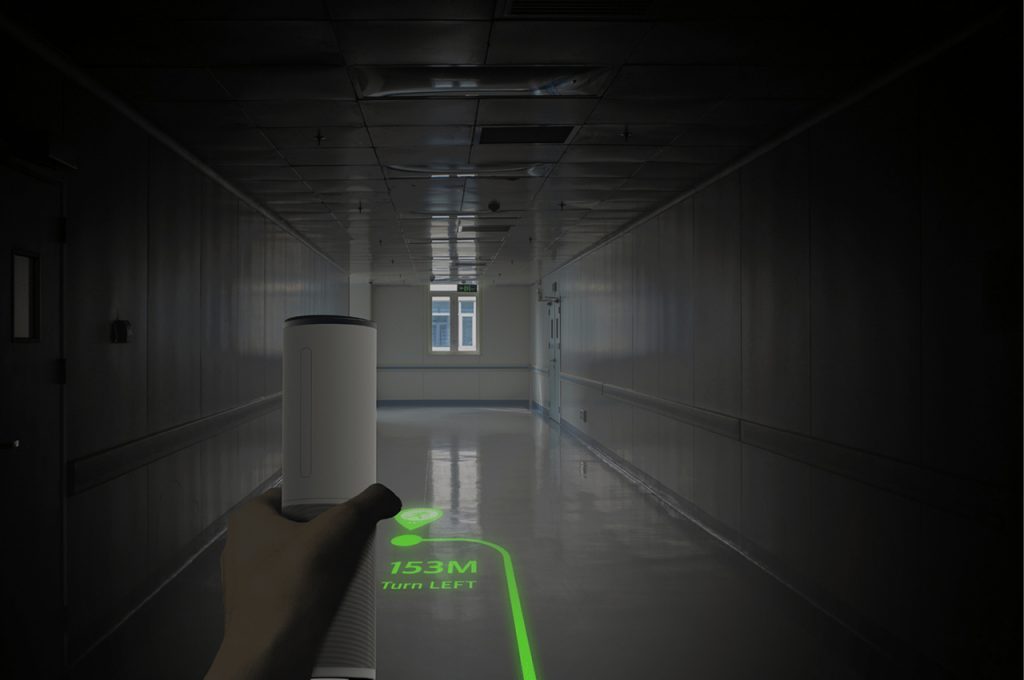
Strix by Hanyoung Lee
Unlike static LED light strips, such as those found in airplane aisles, Strix is designed to be handheld and portable, offering users the freedom to navigate through dynamic environments. In the event of blocked or impassable evacuation routes, Strix can adjust the optimal path to safety, similar to how a GPS might recalculate a route based on real-time conditions. This adaptability is a key feature of the design, ensuring that users are guided by the most relevant and efficient path available at any given moment.
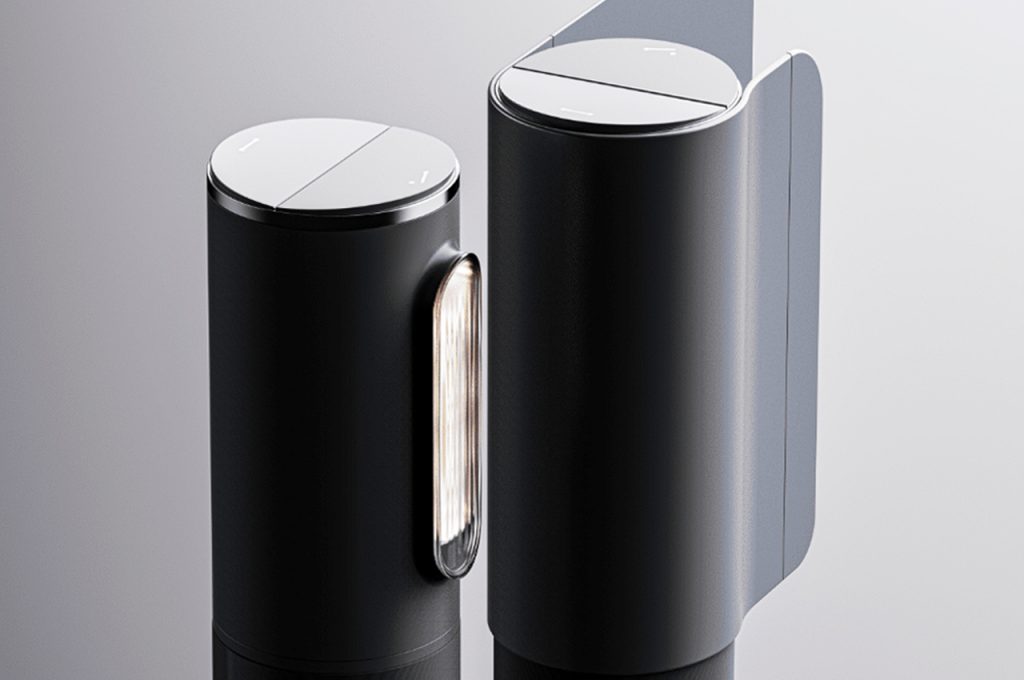
Strix by Hanyoung Lee
Lee’s sensor technology in Strix works through a beacon system to pinpoint the user’s real-time location and display the correct evacuation path. This dynamic feedback mechanism provides users with a sense of control and assurance amidst a potentially chaotic scenario. The Strix sensor operates based on the beacon system to provide the user with the optimal evacuation route. It consists of a sensor that functions as a real-time location tracking device, as well as a sensor that shows an induction road on the floor.
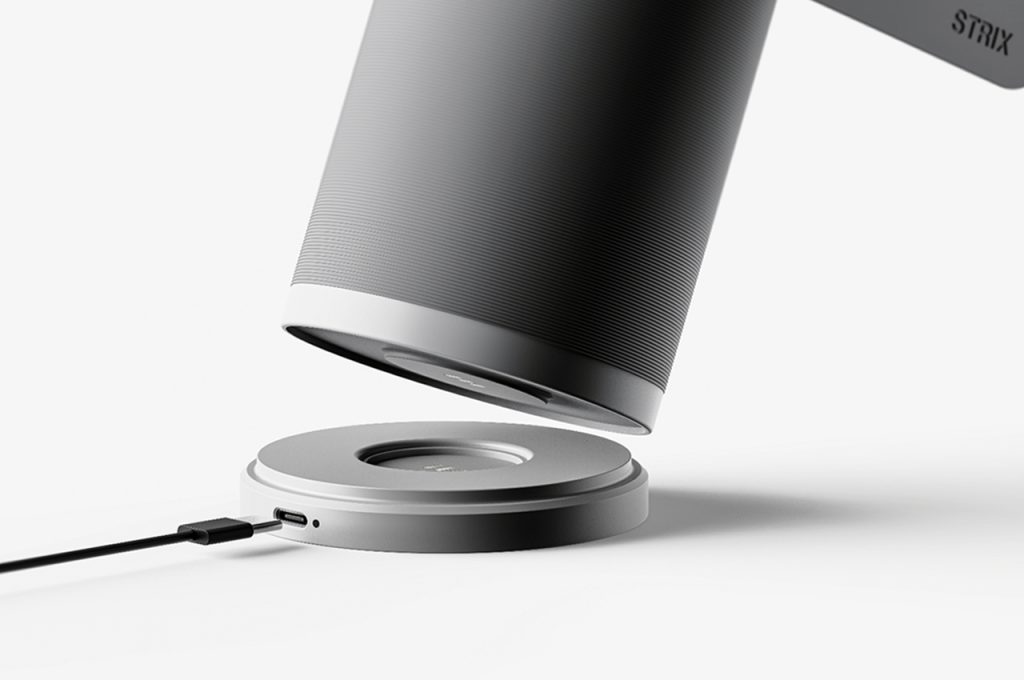
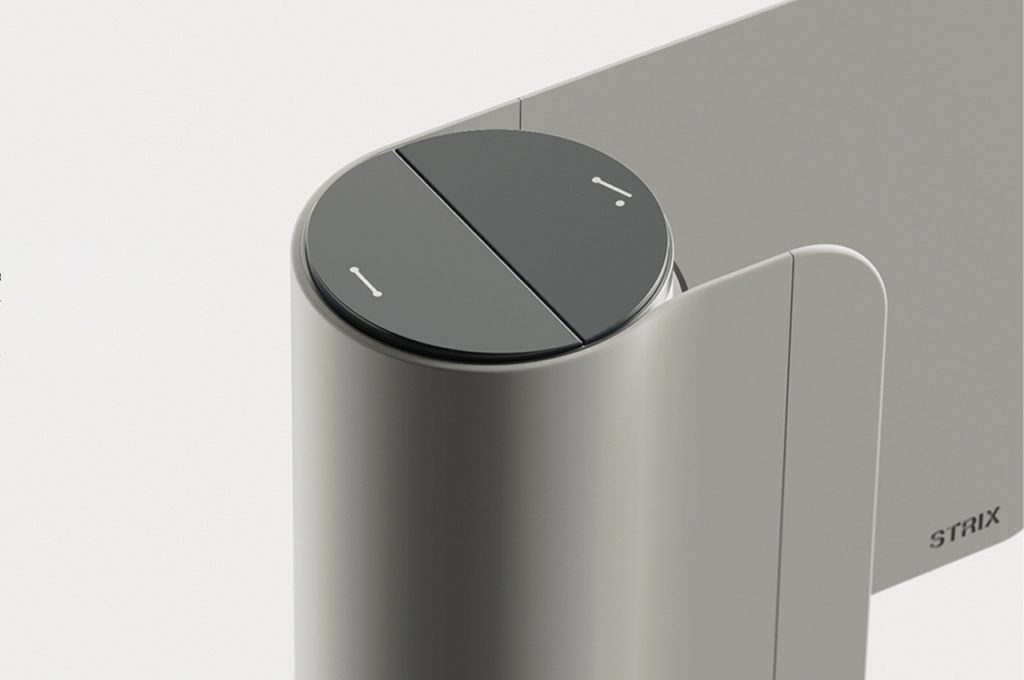
Strix by Hanyoung Lee
The integration of advanced sensor technology and intuitive user guidance showcases the potential of design to enhance safety. This intelligent, adaptive flashlight not only facilitates quick and efficient evacuations but also fosters a greater sense of security and resilience in the face of uncertainty.